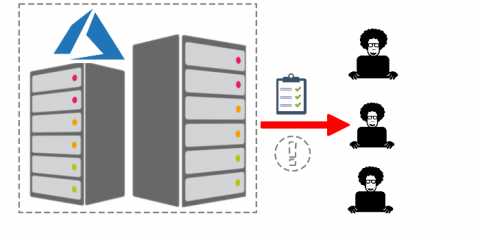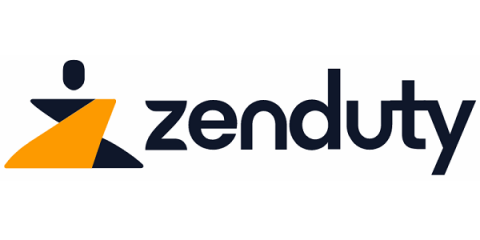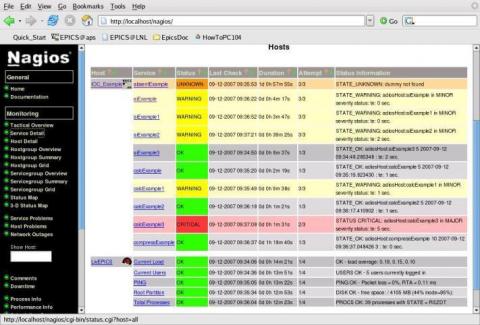Operations | Monitoring | ITSM | DevOps | Cloud
Zenduty
The difference between Event Logging and Tracing in Observability
I have been noticing that a lot of folks are often confused between event logging and tracing. In terms of building out a generic SD for devs to report on observability data, should Event APIs be distinct from Trace APIs? Is an Event just a single Trace Span ? If you look at Honeycomb’s implementation, an Event seems to be equivalent to a single span trace. The middleware wrapper creates a Honeycomb event in the request context as a span in the overall trace.
Attaching incident playbooks to Azure monitor alerts for rapid remediation
Incident response playbooks are a set of actions that need to be executed by your incident repsonders depending on the nature of the outage. Having well defined incident response playbooks can be extremely critical, especially during high customer impact events, that you would typically classify as Sev-0 incidents.
On-call compensation models
Providing customers with a world-class and seamless user experience is critical for the success of any business. It is therefore important that you have a robust on-call strategy that optimizes the availability of the right subject matter experts, on-call engineers, and support engineers to resolve critical, user-impacting incidents as soon as possible.
It's a known issue - How Product Managers should deal with issue or feature related enquiries or feedback
I often hear folks in my network being triggered by interactions with product managers within their companies whenever they follow up on certain product-related issues. The triggering phrase invariably is “It’s a known issue”. And they often wonder, well if it’s a known issue, why on earth isn’t anything done about it?
How to build a customer advisory board
Regardless of where you are in your product journey, it is impreative that you constitute a customer advisory board who can share perspectives into their business challenges so that you can gain insights on how to shape our road map, develop new features, formulate your vision and give you constant feedback on your product. So, how many customers should to include in a customer advisory board? Should you target higher level stakeholder or individual users?
Defining your Sev-1s
One of the primary things you need to figure out whenever your team is formulating your incident management process is describing in words what a Sev0(your highest incident priority) looks like. “Website doesn’t work” is certainly no enough. “Website is up but a key resource (ie CSS file) is missing, rendering the website unusable” is still not enough. “A single page on the website is 404’ing” is not a major but could be a minor incident.
Sending Nagios alerts to Microsoft Teams and rapid incident response with Zenduty
Nagios is one of the most widely used open-source network monitoring software used by thousands of NOC teams globally to monitor the health of a vast array of their hosts and services. Most teams rely on Emails as their primary Nagios alert notification channel, which may take a few minutes to respond to by your NOC team.
Product Metrics for Discovery Activities
Most companies today compile a set of metrics for their product teams to regularly report on to the company management. This includes a variety of product performance metrics(usage frequency, churn rate, NPS, etc.). But a lot of them struggle a bit with product discovery activities. So how do your track discovery?
Two tips to incorporate the voice of the customer in your story grooming/sprint planning
Constantly talking to your users about their business problems and incorporating those solutions is key to the success off your product and company. There are many ways to incorporate the voice of your users into your product planning. Formulate an experience brief that’s less than 2 pages, or a 5-minute clip of user interviews. The best is to have devs in the interviews and discovery activities with you as well.






